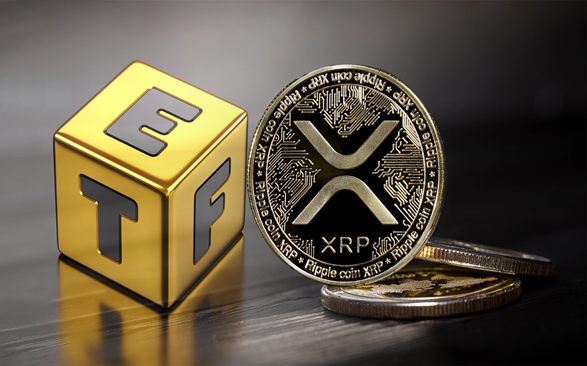Ever thought of crypto for financial inclusion? With the poor rate of financial inclusion, at least 2 billion people live outside the financial system. Similarly, at least another 2 billion are poorly served. This set of users pay high fees or interest rates for services for which the wealthy pay much less, said Dan Schulman, chief executive of PayPal, as reported in The Wall Street Journal. The numbers total up to 4 billion people being financially excluded. And this is largely due to the failings or inadequacies of the current financial system.
Former Flutterwave Managing Director and Founder of Future Africa, Iyinoluwa Aboyeji, popularly known as simply ‘Iyi’ or ‘E’, recently commented briefly on the state of financial inclusion through a Linkedin post. Sadly, he observed, most of the people currently being financially excluded are in Africa:
The sad thing is most of these people are in Africa. Financial inclusion isn’t just about selling overpriced bank accounts to the poor. It is about truly bringing them into a financial system that allows them to participate in the global economy.
Iyinoluwa Aboyeji, former Flutterwave MD and Founder of Future Africa
E identified crypto, particularly stablecoin, as the answer to financial inclusion. He maintained that the current players in the financial services industry have failed with financial inclusion:
All the current players have completely failed at this and that’s the only true usecase for crypto and in particular USDC.
Crypto-based innovations as the key to cheaper, faster financial services
‘Crypto’ includes cryptocurrencies such as bitcoin, Ethereum, Litecoin, for example. ‘Crypto’ also includes stablecoins such as BUSD, USDC, USDT, and other fiat-backed cryptocurrencies. Stablecoins are used for payment. They also bring stability to the highly volatile crypto market. Stablecoins are used for cheap and fast payments, 24/7.
Read also: What is cryptocurrency?
Stablecoins use blockchain technology, the same underlying technology that powers cryptocurrencies. Some central bank digital currencies (CBDCs), including Nigeria’s eNaira, are also powered by blockchain technology. Increasingly, people believe that these innovations will boost financial inclusion significantly, especially in developing countries.
Read also: Why is bitcoin commonly confused with blockchain?
According to IFC, Just over 43% of adults in Africa have access to formal financial services. While below average, it is up from 23% in 2011, thanks to digital financial services.
E appears to be most excited about USDC by Circle.
Curiously, Aboyeji specifically mentioned USDC, a US dollar-backed stablecoin or digital dollar that is exchangeable 1:1 for cash.
USDC is issued by Circle, a US-based FinTech company with the mission “to raise global economic prosperity through the frictionless exchange of value”. According to Circle, “USDC lives natively on the internet, running on many of the world’s most advanced blockchains”. USDC is powered by blockchain.
Read also: Introduction to Stablecoins: USDT, USDC, and BUSD
Last month, Bank of America said that stablecoins and central bank digital currencies (CBDCs) are “a natural evolution of today’s monetary and payment systems.” This is inevitable, said the Bank of America.
Interestingly, while many central or reserve banks in Africa are considering CBDCs with Nigeria launching its eNaira in 2021, they do not appear to be currently excited about stablecoins. Perhaps central or reserve banks in Africa are yet to imagine a world of privately-issued currencies side by side with central bank currencies bringing financial inclusion to all.
Discover more from Crypto Asset Buyer
Subscribe to get the latest posts sent to your email.




